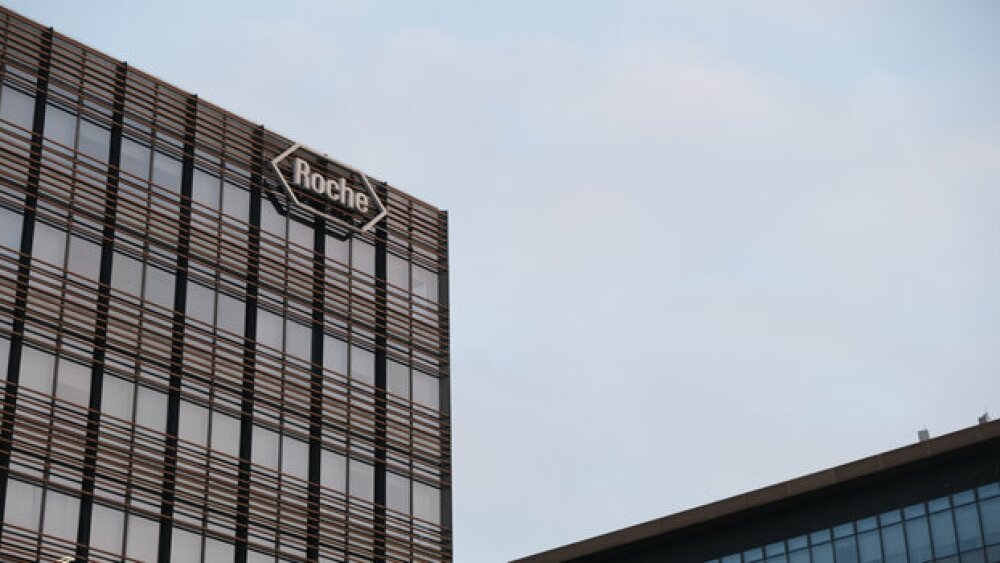For a moment, simply contemplate the possible price: $2.1 million for a drug. It’s not just any drug, however. Cambridge, Mass.-based bluebird bio’s LentiGlobin is a gene therapy being evaluated for transfusion-dependent ß-thalassemia.
For a moment, simply contemplate the possible price: $2.1 million for a drug.
It’s not just any drug, however. Cambridge, Mass.-based bluebird bio’s LentiGlobin is a gene therapy being evaluated for transfusion-dependent ß-thalassemia (TDT). TDT is an inherited blood disorder caused by a mutation in the ß-globin gene. This causes ineffective red blood cell production, which leads to severe anemia. Patients with TDT require regular transfusions to maintain hemoglobin (Hb) to stay alive. Unfortunately, chronic transfusions create the risk of iron overload, which can cause multiple organ damage and shortened life expectancy.
On December 3, 2018, the company released new data from the Phase III Northstar-2 and Northstar-3 clinical trials of Lentiglobin in TDT. In both trials, LentiGlobin allowed patients to stop chronic blood transfusions.
So with the gene therapy headed for likely regulatory approval, bluebird bio has turned some of its resources to developing a price for the therapy. The price floated so far is up to a staggering $2.1 million, an amount that will probably be lower, but what the company’s chief executive officer Nick Leschly told The Wall Street Journal reflected the drug’s “intrinsic value,” including improvements in quality and length of life. “Whether it’s just below or considerably below [$2.1 million] is something we need to sort through.”
It is possible the therapy will be approved in Europe this year and in the U.S. by 2020. About 300,000 people worldwide have TDT, with only about 10,000 in the U.S.
There’s no doubt the $2.1 million is staggeringly high. Gene therapies, in general, are coming with sky-high prices. Spark Therapeutics’ Luxturna for a hereditary eye disease is running about $425,000—per eye! Novartis’ cancer cell therapy, Kymriah, runs $475,000 and Gilead’s competitive drug, Yescarta, is priced at $373,000.
Bluebird’s proposal, which was outlined Tuesday at the JP Morgan Healthcare Conference in San Francisco, is a payment plan spread out over five years. It wouldn’t be the first company to consider that kind of plan, although it would be one of the first to adopt it if it does. Other companies have taken on plans where the pricey drugs are paid for if they work.
Spark, for example, offers rebates to some insurers, such as Harvard Pilgrim Health Care in Wellesley, mass., if the treatment doesn’t work. Spark has also proposed a payment-plan scheme to the U.S. Centers for Medicare and Medicaid Services (CMS).
Steve Miller, chief clinical officer at Cigna Corp., told The Wall Street Journal, “With gene therapy, you’re going to have drugs routinely priced at over $1 million, and it’s really going to push all of us to think in a different way.”
As described, the payment plan would run for five years, with each annual payment from health plans to bluebird bio being contingent on the gene therapy’s continued effectiveness.
Leschly, who was introduced by JP Morgan analyst Cory Kasimov as the “chief bluebird,” at the healthcare conference, said, “Our goal is to recode for life. It’s a big statement, a big dream, a big vision. And one we take very seriously.”
The company hopes to have four products approved by 2022 with a deep pipeline behind it. But on the topic of LentiGlobin pricing, Leschly suggested recoding for the how they bring things to market was also part of the plan.
“How do we deliver this to patients across a very complex supply chain in Europe and the U.S., and eventually, globally?” he noted, describing the build-out of his patient treatment centers and viral and therapy manufacturing facilities, with long-term goals in mind.
“It also includes the payers, the plumbing—how do we make sure everyone gets paid in the process to make sure there’s a fluid system,” Leschly said. The emphasis is clearly on paying attention to value instead of price, but with awareness, no one is going to be fooled, the therapy is likely to be expensive, but the goal is to get the treatment to the patients who need it. And if all goes according to plan, the treatment will cure the patients for life.
Leschly emphasizes it has to be affordable for the system as well as for patients. He noted four buckets.
First, he said, “Fair value. We’re going to look at this over lifetime effectiveness.” Secondly, “Real value, actual value to the patient and to the system. That’s quality of life and life extension.”
Third, he went on, “We’re going to share risk. We pay only full boat if it works. That means we’re suggesting putting up 80 percent of our price at risk based on success.” That means five years.
Leschly noted they were committing to no price increases above CPI. “It’s an unusual statement to say when you don’t even have a price. But we’re committing to it because we think it’s important. And an acknowledgment that we’re sharing risk but sharing value with the totality of the stakeholders involved.”
And finally, Leschly and bluebird bio notes, “no cost after the payment period.” This ties into health system affordability. “Don’t think about the price, think about the totality over time and how you consider that as you think about the value of your treatments.”
Correction: Spark Therapeutics’ Luxturna for hereditary eye disease is not $825,000 per eye. The correct pricing in $425,000 per eye as per Spark Therapeutics.





